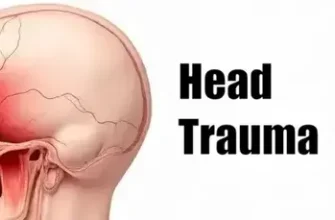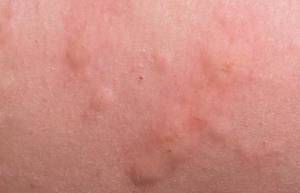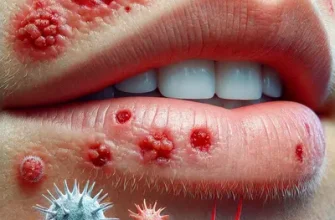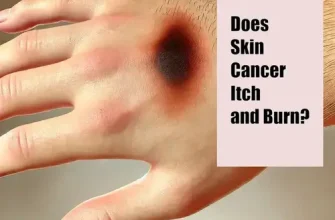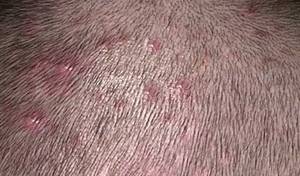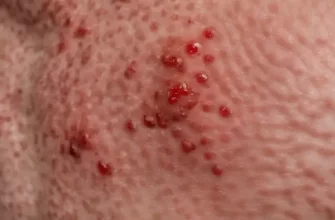Head lice infestation—known as pediculosis—is a common issue, particularly among school-aged children in the United States. But how do you treat it effectively and safely? This guide breaks down everything you need to know about combating these unwelcome visitors.
Effectiveness of Various Head Lice Treatment Methods
| Method | Effectiveness (%) |
|---|---|
| Over-the-Counter Treatments | 85% |
| Prescription Medications | 90% |
| Wet Combing | 75% |
| Home Remedies | 40% |
This chart compares the effectiveness of different head lice treatment methods, with prescription medications being the most effective and home remedies the least. It highlights the importance of choosing scientifically validated treatments for best results.
What Are Head Lice?
Head lice are tiny, wingless insects that live on the scalp and feed on human blood. They’re incredibly contagious, spreading through close contact or shared personal items like combs and hats. Did you know that about 6-12 million infestations occur annually in the U.S. among children aged 3-11 years?
Common Symptoms
How do you know if it’s lice? Look for these signs:
- Itching: Itching is the most common symptom of head lice and occurs due to an allergic reaction to lice saliva when they bite the scalp. For some individuals, the itching can become severe and lead to disturbed sleep, especially in children.
- Visible lice or nits: Lice themselves are small, about the size of a sesame seed, and can be difficult to spot as they move quickly. Nits (eggs) are easier to see—they’re tiny, oval, and usually yellow or white, firmly attached to hair shafts close to the scalp. Unlike dandruff, they don’t easily flake off.
- Red bumps: These small sores result from constant scratching and can become inflamed or even infected if not treated. In severe cases, secondary bacterial infections may occur, requiring additional medical attention.
Symptoms of Head Lice
This horizontal bar chart visualizes the frequency of common symptoms of head lice. Itching is the most prevalent symptom, while secondary infections are less common but still significant in severe cases.
Treatment Options
1. Over-the-Counter (OTC) Treatments
OTC treatments like permethrin- or pyrethrin-based shampoos are often the first line of defense against lice. These products work by paralyzing and killing the lice, but require proper application to be effective.
- How to use: Apply the shampoo to dry hair and let it sit for 10 minutes before rinsing. Repeat after 7-10 days to kill newly hatched lice.
- Effectiveness: Around 85% when used correctly.
- Example: A family in Dallas, TX, successfully treated their 8-year-old son using Nix shampoo. They combined it with wet combing for thorough removal.
2. Prescription Medications
For lice that resist OTC treatments, stronger prescription options can be life-savers.
- Ivermectin lotion: Approved for children as young as six months. It kills lice without requiring nit combing.
- Example: A mother in Los Angeles used ivermectin on her 4-year-old daughter and noticed complete relief after one application.
- Spinosad topical suspension: This treatment kills both lice and their eggs in a single application.
- Effectiveness: 90% success rate when applied as directed.
3. Wet Combing
Wet combing is a chemical-free method that requires patience but can be highly effective when done regularly.
- How to do it: After washing the hair, use a fine-toothed nit comb to comb through small sections of wet, conditioned hair. Repeat daily for at least two weeks.
- Effectiveness: 70-80% with consistent effort.
- Example: A family in New York managed to clear their toddler’s lice infestation entirely using wet combing every evening for 14 days.
4. Home Remedies (Use With Caution)
Home remedies like applying mayonnaise or essential oils are popular but lack scientific validation. These methods aim to suffocate lice but may not kill nits, requiring additional measures.
- Example: A high schooler in Miami tried coconut oil, which temporarily immobilized the lice, but they ultimately needed an OTC treatment to eradicate the infestation.
- Effectiveness: Varies widely; typically less than 50%.
Cost Comparison of Head Lice Treatments
| Treatment Method | Average Cost ($) |
|---|---|
| Over-the-Counter Treatments | $30 |
| Prescription Medications | $50 |
| Professional Services | $80 |
| Home Remedies | $15 |
This chart compares the average costs of different head lice treatment methods, highlighting the affordability of home remedies and OTC options versus the higher costs of professional services.
Preventing Reinfestation
Prevention is just as crucial as treatment. Here’s how to keep lice from coming back:
- Avoid sharing personal items: Comb, brushes, and hats should be personal-use only. For instance, a preschool teacher in Boston ensured every child had their own labeled comb, drastically reducing lice transmission in her classroom.
- Wash bedding and clothing: Use hot water and dry on high heat. Studies show that lice and nits cannot survive temperatures above 130°F. A family in Phoenix, AZ, successfully eradicated lice by washing all linens and stuffed toys after treatment.
- Vacuum furniture: Lice can survive briefly off the scalp. Vacuuming upholstery and carpets is an effective way to remove stray lice. In a case in Seattle, thorough vacuuming of the household’s common areas significantly reduced reinfestation rates.
Real Case: A 7-year-old girl from Chicago, IL
The girl, a first-grader, brought home lice from school. Her parents used OTC shampoo and performed wet combing every evening for two weeks. Combined with thorough cleaning of her bedding and clothes, the lice were eradicated within 14 days.
What Do Experts Recommend?
Reyus Mammadli, health care advisor, emphasizes: “For the most effective treatment, combine chemical and manual methods. Consistency in combing and reapplication of treatments—if necessary—is key.”
Editorial Advice
Head lice are a nuisance but entirely treatable with the right approach. Choose treatments based on your family’s needs and always follow product instructions. If OTC options fail, consult a healthcare provider for professional advice.


